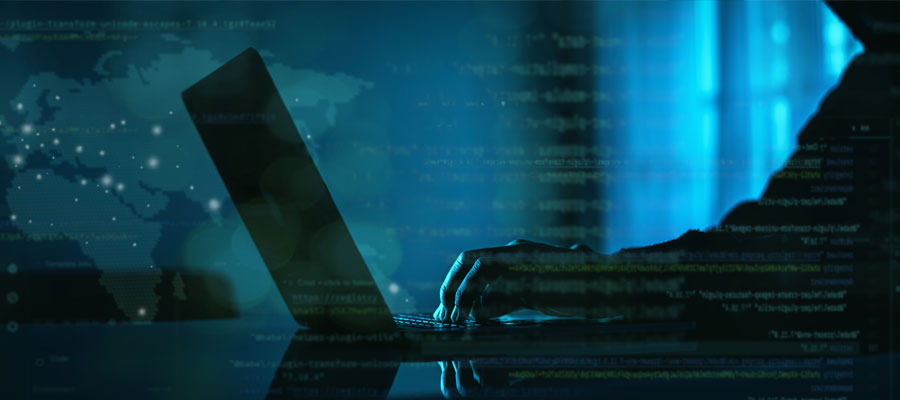
While the Internet has positively transformed how we connect, communicate, and engage with the world, it’s also given birth to a hidden realm of illicit activities within the Dark Web. The Dark Web is a haven for cybercriminals seeking privacy and anonymity to engage in illegal activities, and it’s purposely hidden within overlay networks that require specific network configurations to access. In this blog, we’ll explain the dangers of the Dark Web and why you must exercise caution if you stumble across its depths.
Illicit Marketplaces and Criminal Activities
In this shadowy corner of the Internet lurks dangers of the Dark Web like drugs, stolen data, counterfeit documents, malicious software, and more. The Dark Web made its name by providing a platform and access to illegal activities that damage society and individual users. Unfortunately, sophisticated cybercriminals and malicious attackers use the Dark Web to communicate, post media, exchange ideas, and more.
Cybercrime Networks
With the abundance of illicit activities come sophisticated, extensive, and global cybercrime networks. These coordinated groups communicate over the Dark Web, sharing tools, techniques, and stolen data. These cybercrime groups perform attacks from ransomware-as-a-service to hacking to pose significant cybersecurity threats to individuals, businesses, and governments.
Identity Theft and Financial Fraud
The Dark Web is a protected place for cybercriminals to trade, sell, and buy stolen personal information like credit card details, Social Security numbers, and login credentials. Cybercriminals or organized groups obtain this data illegally through phishing attacks or malware and then re-sell information for monetary gain. Identity theft, financial fraud, and cybercrime are massive global problems, costing consumers $10.2 billion in losses.
Malware Distribution and Exploitation
Not only can cybercriminals exchange hacking and malware ideas, but they can also distribute the malicious software itself. In addition to hacking tools, exploit kits, and botnets, criminals can buy and sell ways to damage businesses and consumers. Malicious malware can infiltrate systems, compromise sensitive data, hijack devices, and even enable remote control of infected machines, making consumers accidentally expose themselves to threats.
Human Trafficking and Exploitation
Sadly, human trafficking and exploitation run rampant on the Dark Web. People can engage anonymously and participate in the buying and selling of trafficked persons, promoting modern-day slavery. Human traffickers are even posting ads across the Dark Web, and people innocently exploring the Dark Web can fall prey to these advertisements. An estimated 40% of human trafficking victims are recruited online, inflicting immeasurable harm on vulnerable individuals and perpetuating a cycle of abuse.
Protect Your Business From the Dark Web
The dangers of the Dark Web are incredible serious – it is a dangerous place to be. It is paramount that businesses protect themselves and their employees from cybercriminals and illicit activities. Maintaining stringent cybersecurity standards, hosting employee security awareness training, and utilizing endpoint detection are just a few ways to protect your business. With TPx’s Security Advisory Services, we can help identify vulnerabilities and help improve your security posture. Contact our sales team to learn more.
